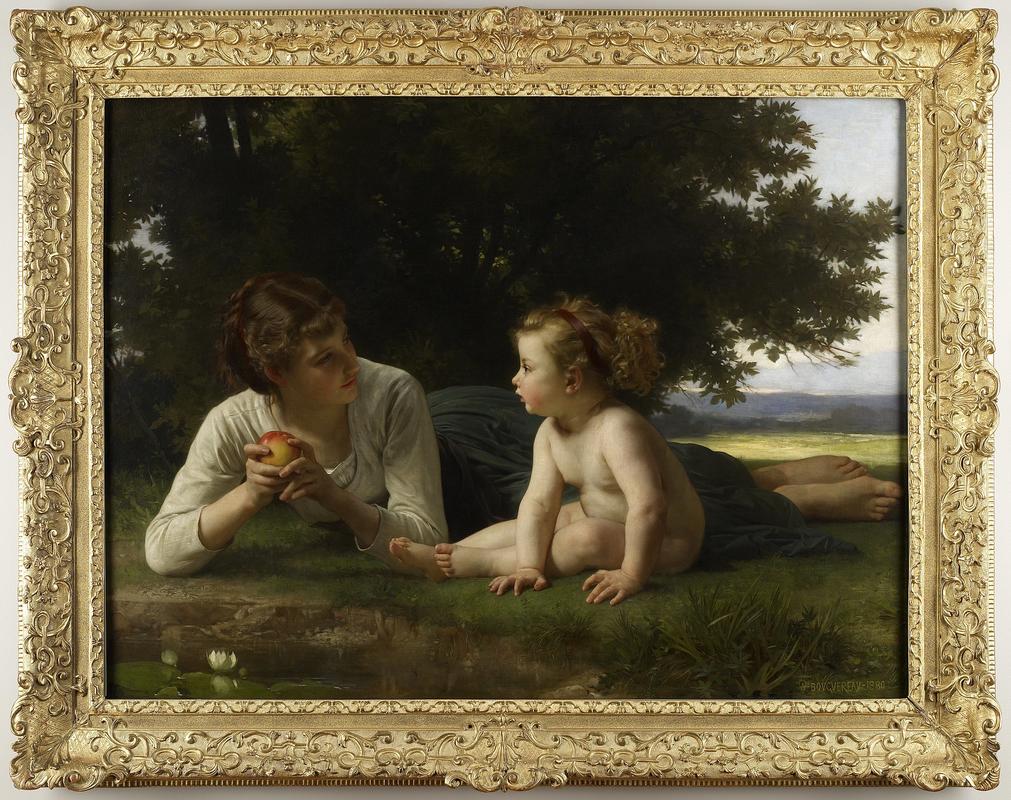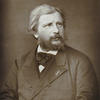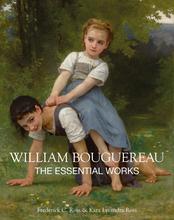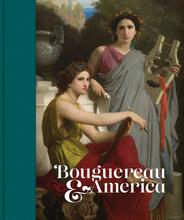More about Temptation
- All
- Info
- Shop

Sr. Contributor
Temptation is a funny thing, and William-Adolphe Bouguereau had no idea just how far temptation would drive future art dealers and collectors to make crazy decisions.
During his lifetime, Bouguereau was extremely popular with American and British art collectors who favored his straightforward paintings of beautiful women and babies. Sadly, his academic style of painting fell out of favor towards the end of the century with the advent of Impressionism. While the Impressionists were transforming the approach to art itself, academicians and avant-gardes stewed in their mutual hatred of one another. Degas described Bouguereau’s polished paintings as being “bouguerated,” a special term that he and his friends coined to put down the artist.
Despite their decline once abstraction became king, the academics managed to maintain an audience. Bouguereau started out much like his contemporary, fellow academician Jean-Léon Gérôme, painting fanciful scenes straight out of ancient Greece and Rome. Bouguereau’s dealer Paul Durand-Ruel, however, had other plans for him. Durand-Ruel noticed a unique demand in the American art market that Bouguereau could certainly fill. Although Europeans were ready to dismiss academic painting for good, American art collectors loved these boring, shiny paintings with straightforward, moral overtones. Although they no longer had a taste for overt Classicism, Americans still longed for the ethic lessons
In Temptation, a mother and chubby baby – who could also be read as a cherub – consider an apple, a symbol of the temptation of Adam and Eve, in a outdoor scene that seems much more contemporary than Bouguereau’s previous works. The woman’s apple contrasts with the child’s naked innocence. Although the baby is too young to know about the evils of earthly pleasures, Bouguereau suggests that she, too, must someday grapple with temptation.
Knoedler & Company, a New York art gallery that opened almost twenty-five years before The Metropolitan Museum of Art, also helped to keep the interest in academic art alive. Michael Knoedler made a fortune selling artworks to the robber barons of the late nineteenth century. J.P. Morgan and Henry Clay Frick, of Frick Collection fame, turned to Knoedler for the best paintings on the market.
Knoedler continued to support academic art even after his death, providing funds to the Minneapolis Institute of Art to purchase such paintings. Putnam Dana McMillan, a Minneapolis businessman and General Mills vice president turned art aficionado, also gave the museum money to purchase paintings outside the scope of the collection that he bequeathed. Ironically, his collection comprised the very art that Bouguereau hated – modern art from the nineteenth century. Together, money from these combined funds helped the Minneapolis Institute of Art purchase Bouguereau's Temptation.
As it turns out, neither Knoedler’s or McMillan’s legacies have not remained scot-free. After purchasing a painting by Fernand Leger from the Buccholz Gallery in New York in 1951, McMillan gave the painting to the Minneapolis Institute of Art in 1961. Decades later, curators discovered that Nazis had stolen the work from Alphonse Kann, a Jewish art collector, and decided to return the work to Kann’s family.
Then, the once-reputable Knoedler Gallery came crashing down. Beginning in 1994 and culminating in 2011, the gallery’s president Ann Freedman used Knoedler to head an art forgery operation that sold forty counterfeit Abstract Expressionist, making $80 million in the process. The allure of all that money must have just been too tempting.
Sources
- Abbe, Mary. “MIA sends Nazi ‘loot’ home to Paris.” Star Tribune. 30 Oct 2008. http://www.startribune.com/mia-sends-nazi-loot-home-to-paris/33551004/. Accessed 14 January 2019.
- Glueck, Grace. “Art View; To Bouguereau, Art Was Strickly ‘The Beautiful.’” The New York Times. 6 Jan 1985. https://www.nytimes.com/1985/01/06/arts/art-view-to-bouguereau-art-was-…. Accessed January 14, 2019.
- M.H. Miller. “The Big Fake: Behind the Scenes of Knoedler Gallery’s Downfall.” ARTNews. 25 April 2016. http://www.artnews.com/2016/04/25/the-big-fake-behind-the-scenes-of-kno…. Accessed January 14, 2019.
- Minneapolis Institute of Art. “Portrait of Putnam D. McMillan.” Art. https://collections.artsmia.org/art/8756/portrait-of-putnam-d-mcmillan-… Accessed 14 January 2019.
- Minneapolis Institute of Art. “Temptation.” Art. https://collections.artsmia.org/art/2135/temptation-william-adolphe-bou… Accessed January 14, 2019.
- The Art Story. “William-Adolphe Bouguereau.” Artists. https://www.theartstory.org/artist-bouguereau-william-adolphe.htm. Accessed January 14, 2019.














Temptation by William-Adolphe Bouguereau is so polished and realistic looking; everytime I go back to look at it I find a new detail that I fall in love with. The details of the child's hair, the woman's blouse, and both of their fingernails are my favorite.